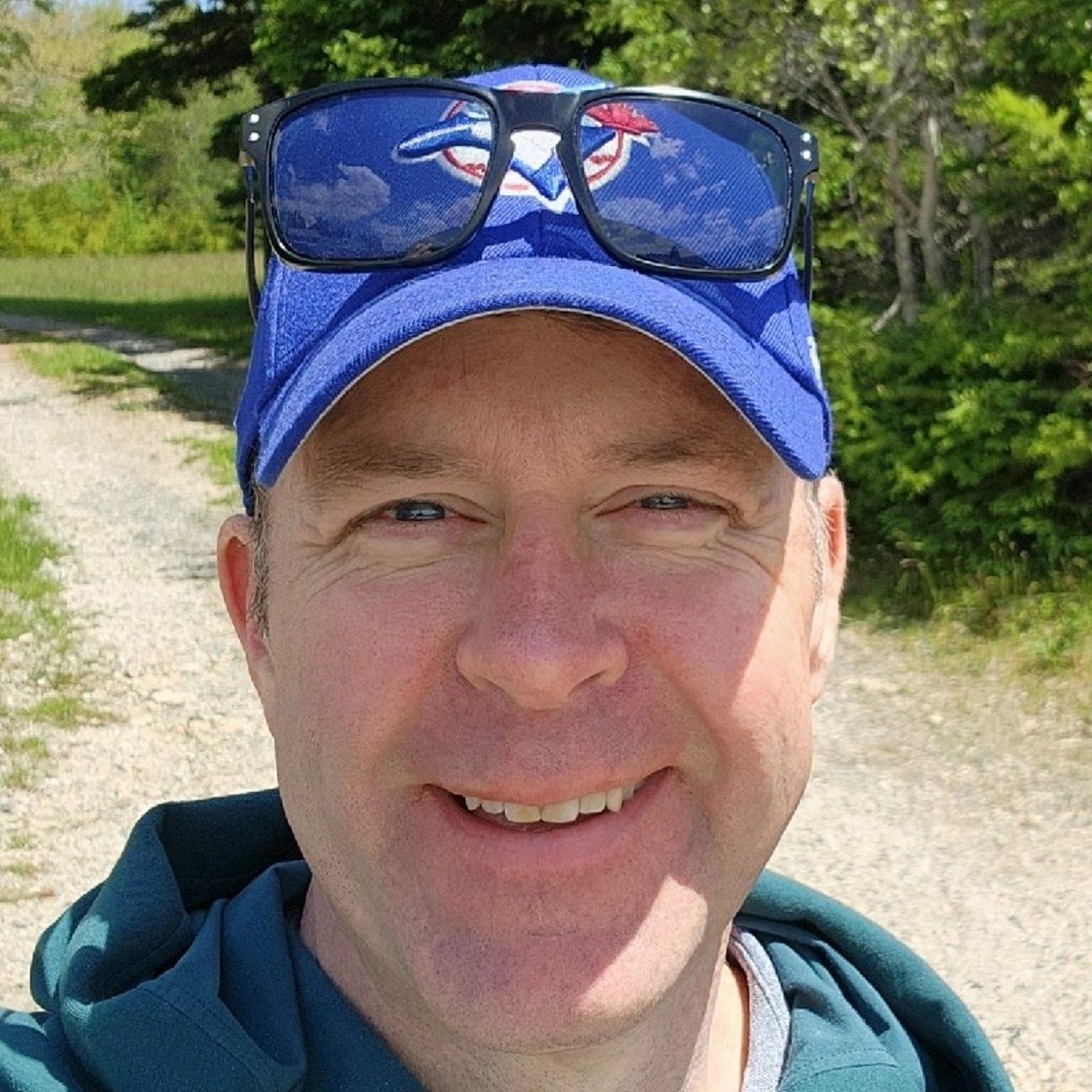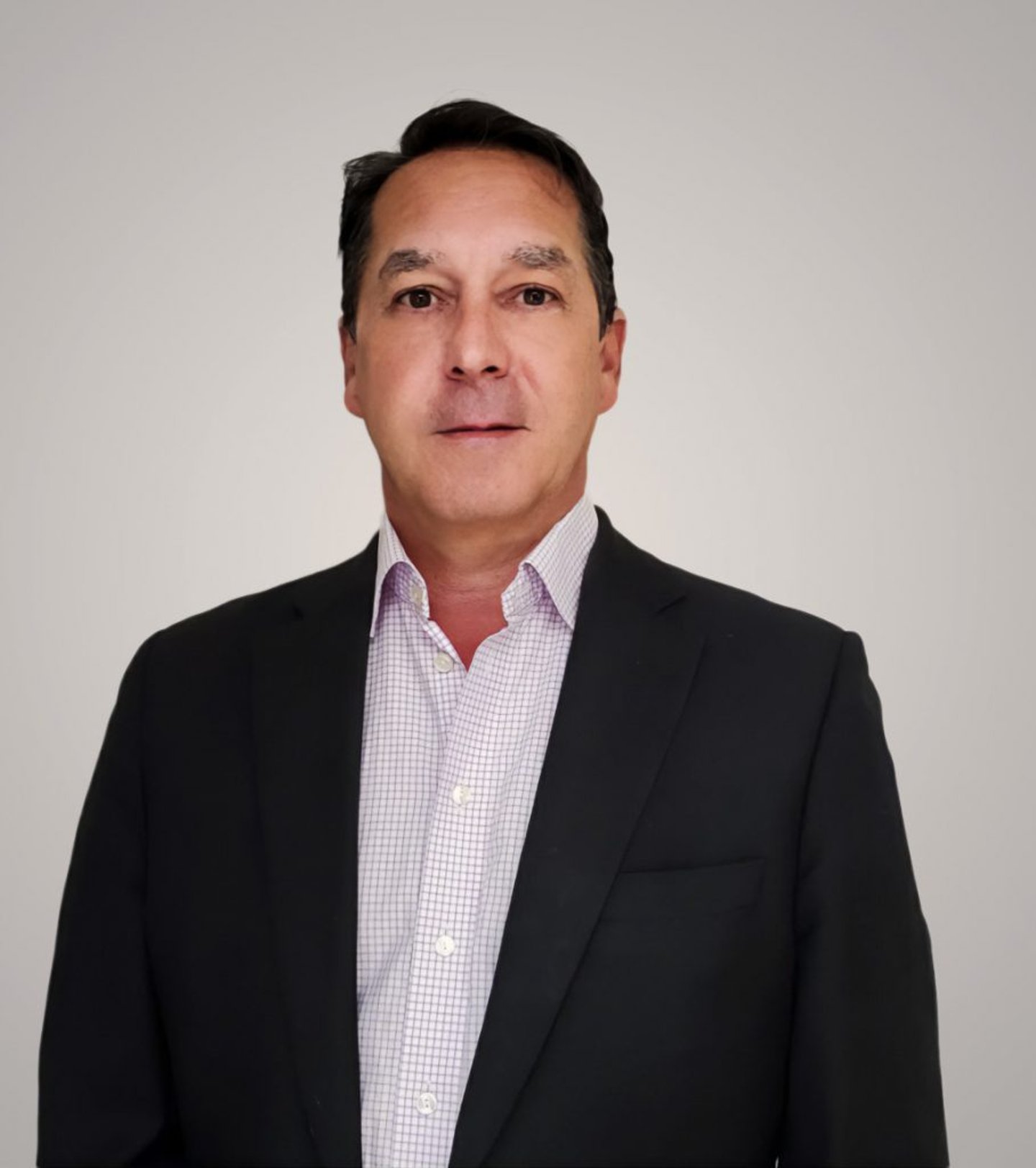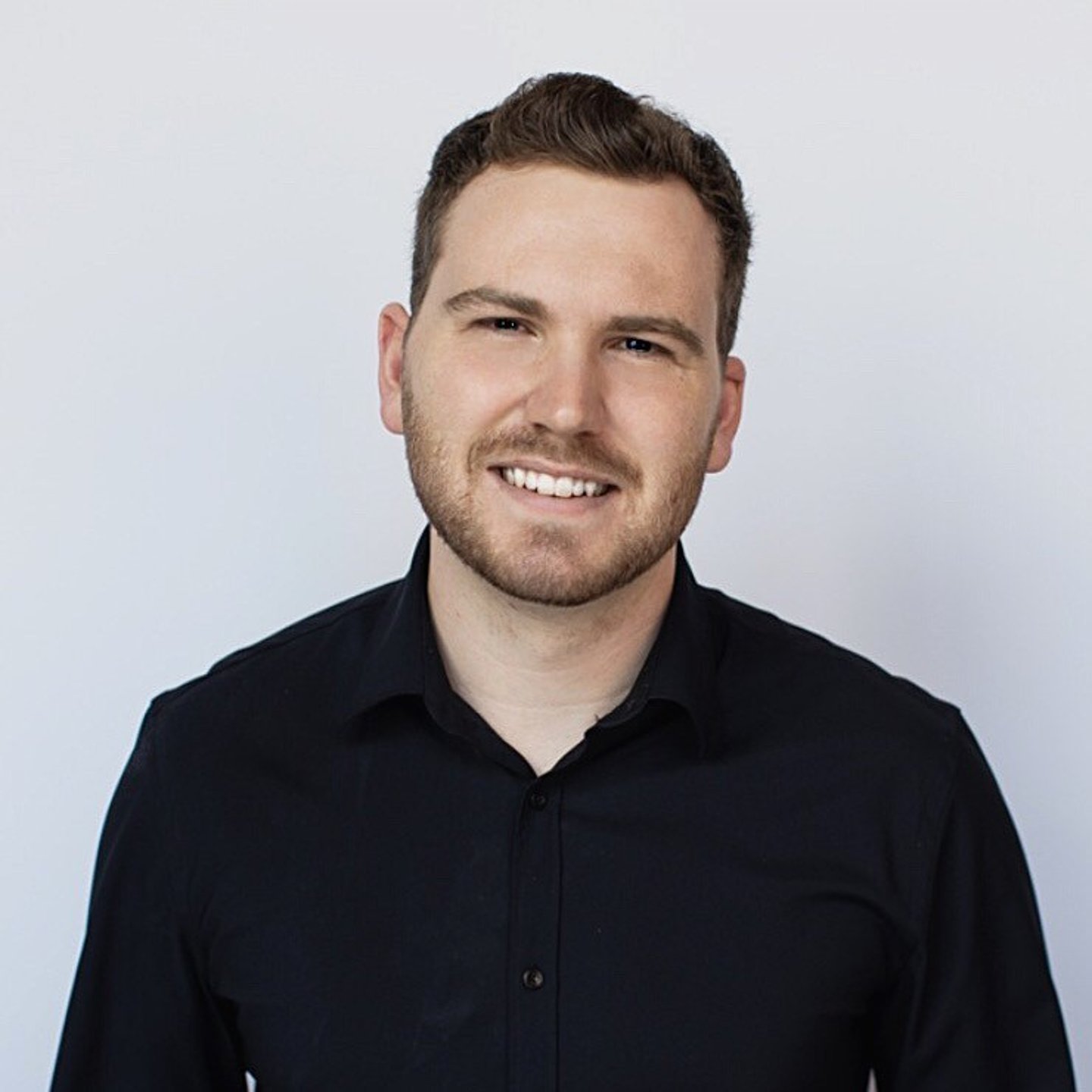The good fight
The art and science of recruiting physicians for both urban and underserved, northern and remote towns across this country is rapidly becoming more sophisticated.
But will that help deal with circumstances that are becoming equally more complex and seemingly beyond the control of policymakers?
No.
No, it won't.
Despite more detailed and varied analytical tools and statistics, recruiters face a healthcare environment that includes a legion of competing lobbyists, conditions imposed by international obstacles, tight provincial licensing rules and regulations, physician services agreements of wider and wider scope, educational and residency shortcomings and, of course, widespread funding challenges.
Nova Scotia Health
Nova Scotia Health, for example, which reported a net gain of 187 doctors for fiscal 2004/05, has a dedicated team of consultants who attract and integrate doctors across the province, according to Brendan Elliott. The team supports candidates “through the entire recruitment journey, including complex licensure and immigration processes.”
Based in each of the department’s four geographic zones, consultants are “engaged from the initial point of contact through to the start of their practice,” he added by email.
“Consultants collaborate closely with physicians, medical learners, zone medical executive directors, department heads, site leads and other stakeholders to ensure a smooth process and a strong match between physicians and communities.”
The process includes:
- guiding physicians through licensure and immigration
- helping candidates find communities and practice opportunities aligned with their personal and professional goals
- providing medical learners with information on residency programs, licensure eligibility, and transition to independent practice and
- collaborating with communities and local recruitment committees to strengthen recruitment efforts.
The consultants also co-ordinate site visits for prospective physicians and represent Nova Scotia at international, national and local conferences to promote the province as an attractive place to live and practise. They partner with organizations such as the provincial College of Physicians and Surgeons, the Department of Health and Wellness, the Office of Healthcare Professionals Recruitment, Dalhousie University, the Izaak Walton Killam Health Centre and various community groups.
“Their goal extends beyond recruitment and setting up physicians for long-term success in Nova Scotia,” Elliott noted. “We are actively recruiting for both specialty and family medicine in each of our zones,” he added.
Physician recruitment consultants at Nova Scotia Health are generally full-time and typically hold a bachelor’s degree or a college diploma in a relevant field such as human resources or business administration. Many also have additional certifications and experience in talent acquisition or recruitment.
Consultant applicants often have a background in sales and marketing, along with a working knowledge of physician licensing requirements, medical legislation, and human resource planning. Strong skills in communication, project management, data analysis and technology are essential, and bilingualism, particularly in French, is considered an asset.
CanAm Physician Recruiters
CanAm Physician Recruiters, reportedly Canada’s first private firm in the field, also uses many tools to source candidates, according to president and CEO John Philpott, including Bullhorn, Linkedin Recruiter, a jobs board he describes as “robust,” even AI.
“We interview the candidates and screen for both professional skills and social needs, including family needs,” he said by phone.
Philpott says CanAm was the first private physician recruitment company in Canada and has placed thousands of physicians of all specialties across Canada from Fogo Island, N.L. to Kitimat, B.C. over its 27 years in business.
“We focus on matching the physician and their family with the community,” he added. “We take great pride in our physician retention rates . . . once we have a match, we present the candidate to the client, set up and oversee the interviews, assist the candidate with credentialing, licensing, relocation, immigration if required and any other needs of the candidate and family during the relocation process.
“CanAm is a full-service recruitment firm from A to Z.”
There is no “formal training” for a physician recruiter, Philpott believes. He was educated as an engineer but went through university with his wife, who is a family physician.
“I learned all the medical lingo through her and her colleagues. I started CanAm in Ohio, where my wife and I moved after university. In 1997, I took a leave of absence as an engineer and started CanAm with a focus on recruiting Canadian doctors to the United States. I moved back to Canada in 2000 when the Canadian dollar was stronger . . . and HMOs were taking over the U.S. medical system, cutting physician salaries in half.
“This stopped the brain drain from Canada, especially IMGs (international medical school graduates), who are residency-trained in the U.S. but can't get through immigration to stay.”
Health PEI
There is certainly more to physician recruiting than meets the eye, agrees Dominick Desjardins, interim director of workforce recruitment at Health PEI and incoming chairman of the Canadian Society of Physician Recruitment (CaSPR).
“It depends on the model,” he emailed from Charlottetown, regarding the array of services offered by his recruiters.
“Some regions have government or health authority employed teams, and some operate as a sole recruitment specialist funded through grants and/or municipalities,” he wrote. “Within the system I personally operate, the recruiter will source pipelines for positions, but also act as the expert on incentives, policies, program development, licensing assessment (through the college of physicians), interview and reference checker, and much more.
“It's truly a 24-hour role in which your Monday to Fridays consist of communicating with prospects, and your weekends are taken up by site visits and events, which is why I’m typing this at 4:30 a.m.”
CaSPR, a professional, not-for-profit society, consists of nearly 300 members across the country involved in physician recruitment. It provides best practices, techniques and tools relating to physician attraction and retention.
It’s 50-member Ontario division, OPRA, has five geographically-based hubs in the province, the largest of which is the Southern Ontario Physician Recruitment Alliance, which has 19 recruiters in a catchment area of 4.4 million people.
Desjardins comes from a background in operations management, government operations, and post-secondary recruitment. He believes healthcare recruitment is largely based in events management and human resources.
“Human resources function from an interview and operational aspect specifically, letters of offer, contacts etc. The second aspect is one of the most important, the sourcing of talent. Organizing and participating in events, understanding customs and cultures for international events as well as working closely with government officials and delegations. I’ve always said, personality and passion will assist in getting someone through the door, the rest can be taught.”
“We’ve operated in healthcare recruitment for a number of years,” he added. “This department has grown exponentially as additional areas of vacancy have been added to the recruitment space, nursing and allied health to name a few.”
As recruiters continue their work, the country’s medical infrastructure is also developing. Officials at York University, where a new medical school is set to open, reportedly intend to focus on producing family doctors who will stay in York Region, north of Toronto.
Is it how future Canadian medical schools will work?
“This is understandable,” says CaSPR’s Desjardins.
“We’re really starting to see programs offering incentives to keep their graduating students/residence and who can blame them.
“The only thing I would ask our partners within these institutions is please work with the recruitment teams from coast to coast. Allowing students to know their options allows for an informed decision on lifestyle, compensation and service delivery. Host information fairs and invite other jurisdictions, be open to the thought of sharing this information.”
Recruiters have also had to grapple with the recent controversy over the effectiveness of financial incentives. A handful of Ontario mayors want the practice banned.
“I don’t believe that banning incentives is the way,” Elliott added. “It’s a wholistic package of settlement supports, community engagement and collaborative teams with wraparound supports for those physicians and their family.
“Incentives help support home ownership by new residents, and those starting out and assist in paying down an abundance of student loans from one’s training. It’s a piece to the puzzle but not the whole puzzle.”
Can CaSPR develop a significant lobby force in an already-crowded healthcare lobby environment?
“In a world of red tape and process in a regulated industry, CaSPR has an interesting role to play in collecting the voices of medical learners, practising physicians and or those exiting the system,” Desjardins wrote.
“We also bring the voices of associate physicians and physician assistants to those who are the decision makers. We have a unique connection to the medical training institutions across the country, a relationship with third-party recruitment firms not just domestically but internationally.
“Our voice comes with decades of service in an otherwise young industry. We will continue to focus on best practice and continue to assist when called upon by the system.”
- A physician recruiters’ big four
As with any professional service, some issues seem to dominate the scene continuously.
We asked Dominick Desjardins, chairman of the Canadian Society of Physician Recruitment (CaSPR), Brendan Elliott of Nova Scotia Health and John Philpott, president and CEO of Halifax-based private physician recruitment firm CanAm Recruiting to address the four biggest issues they face.
Q: How would you describe the current level of competition among physician recruiters?
Philpott: All CaSPR members are in competition. CanAm works all across Canada, so we have the great luxury of discussing all opportunities across Canada and we can up and down sell opportunities.
Imagine you’re a doctor from the U.K. And you are talking to a CaSPR in-house recruiter in a small region of Canada. The candidate wants to know what else might be available across Canada. A CaSPR member can’t discuss that, but CanAm can.
Desjardins: Speaking for Atlantic Canada, a new physician for the region is a win for the region.
Within Canada, we truly have a community of recruitment experts that share information and best practices and aim to elevate this industry. We are a small but laser-focused group who are working hard to serve Canadians from coast to coast. Many of us continually connect at events and conferences each year.
Elliott: Physician recruitment is a challenge worldwide. Competition among recruiters remains strong both within Canada and internationally as healthcare organizations continue to face challenges attracting and retaining qualified physicians. In many specialties and regions, demand exceeds supply, which fuels this competitive environment.
Q: Is it necessary for Canada to increase its reliance on what’s going on outside the country if it wants to try to achieve a sufficient supply of physicians?
Philpott: Absolutely! Canada does not train the best doctors. Family medicine residency in Canada is only two years (in duration). In every other country it is three or four years. Dalhousie medical school was on WHO’s (World Health Organization) probationary list (for two years in 2009. In 2017, it was fully-accredited for an eight-year term.)
Desjardins: There are two thoughts here: It’s important to inform those who are leaving Canada for a medical education that we would love to have them back one day. We are currently looking to participate in repatriation events for Canadian expats.
We also believe it’s important to showcase options for those who aren’t Canadian citizens but want a change of pace or system. I’m thinking of our American friends here. Increased reciprocal locum options and ease of licensure also play a role in this.
Elliott: Internationally-trained physicians (ITPs) are an important part of Nova Scotia Health’s recruitment strategy. As the demand for healthcare professionals grows, particularly in rural and underserved areas, supporting and integrating ITPs into the healthcare system remains a significant focus in our recruitment efforts.
Nova Scotia Health collaborates closely with the College of Physicians and Surgeons of Nova Scotia to establish licensure pathways for ITPs. These pathways are intended to contribute to a stable physician workforce and improve access to services for our growing population.
Engagement with international medical communities and support for ITPs continues, and will continue, to play a role in efforts to meet needs across Nova Scotia both now and into the future.
Q: How would you describe your regional responsibility in terms of physician supply? Is it really occasionally in need, constantly in need or sometimes in dire need?
Philpott: Family practitioners are needed everywhere, and there will never be an oversupply. Specialists will be in demand regularly given the average age of a specialist in Canada is now over 60.
Desjardins: This is a difficult question. Many factors play into vacancy, retirements, unforeseen departures and a new approach to patient care focused on collaborative practices.
The average physician who is retiring currently would, in some cases, have a (patient load) of 2,000 to 3,000, which now takes about two or three physicians to backfill.
This is mainly due to a renewed focus on patient care and work-life balance, which is ever so important.
We are in need from a standard of “keeping up with population growth standpoint” and are always in need of additional providers, much like my counterparts across the country, specifically in rural areas.
All regions within Canada face dire shortages due to specific specialties being much harder to recruit than others.
Elliott: Our physician recruitment team operates across all four administrative zones of Nova Scotia. We are actively recruiting for both specialty and family medicine positions in each of these zones.
Q: How would you describe the level of co-operation you've received from local and provincial governments?
Philpott: Premiers and ministers of health are all very serious about recruitment and retention, but they are bound by bureaucracy within government. This is a major problem.
CanAm works best when we work directly with decision-makers, such as chiefs of (clinical) departments and medical directors. Over the years, we have seen government health departments implode with bureaucracy. It seems to happen when provincial governments downsize to one board. Nova Scotia is a great example, when it went from nine boards down to two. It’s currently one of the worst healthcare systems in the country with some of the longest waiting lists. We’ve also seen this in Saskatchewan, Manitoba and Newfoundland and Labrador, which just went from four boards to one.
Desjardins: The P.E.I. government has focused on compensation within healthcare through the physician services agreement with all stakeholders.
We have also seen large-scale investment in our addiction and mental health facilities. The health authority, municipality and provincial government have traditionally worked in tandem to support recruitment. In some cases, municipalities have taken on adding to settlement supports and hospital foundations have supported incentivized roles and/or purchased accommodation for locum stays.
Elliott: We work closely with the government (via) Nova Scotia’s Department of Health and Wellness (DHW), which funds all physician resourcing in the province. In 2021, the Office of Healthcare Professionals Recruitment (OHPR) was established under DHW to collaborate with health system and community partners to recruit and retain the health care workforce needed across the province. We maintain a strong, collegial relationship with both DHW and OHPR, and our efforts are well-aligned in support of shared recruitment goals.



